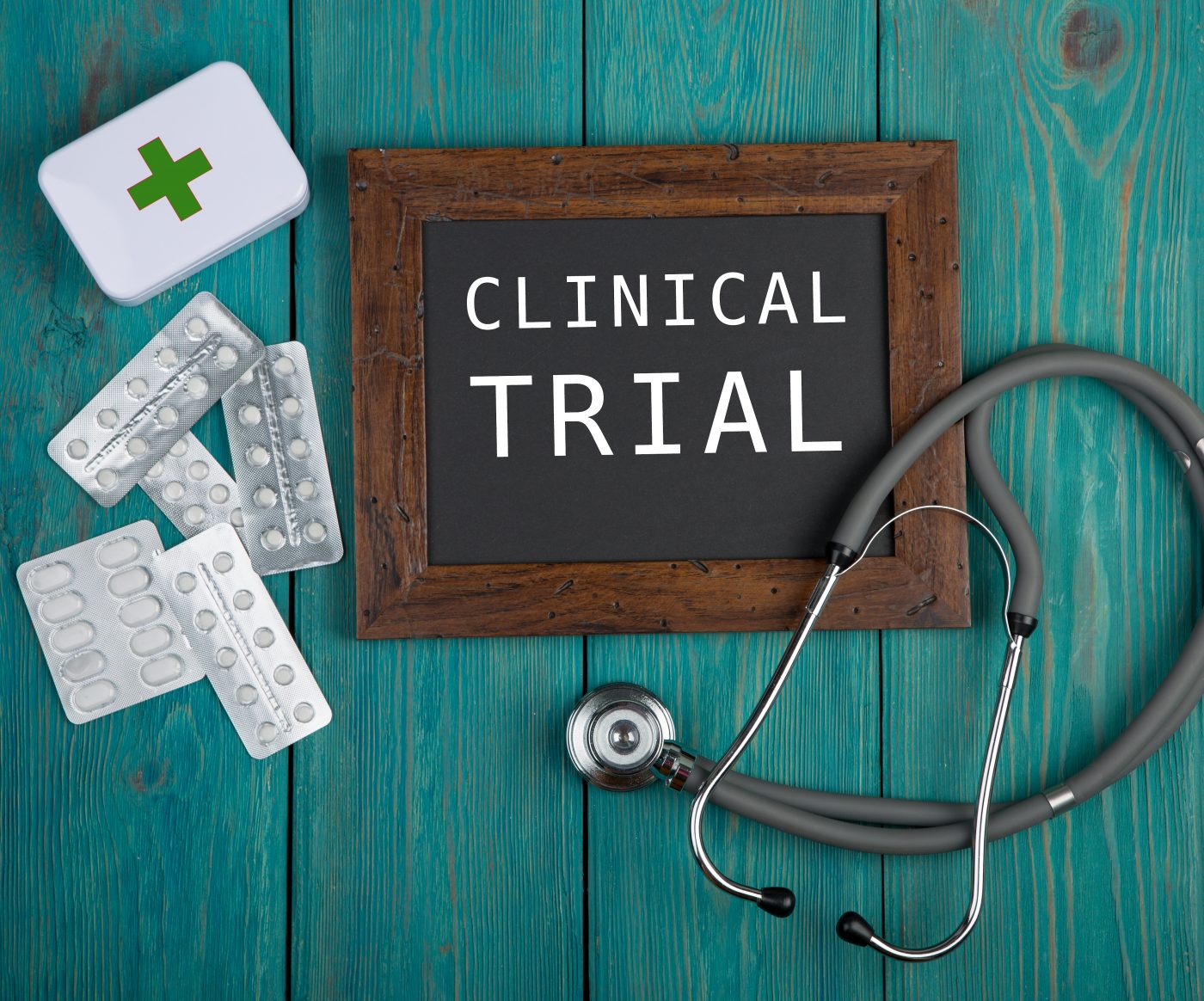Phase 3 Trial of Edasalonexent in Boys with DMD and Any Mutation Enrolling in US, Catabasis Reports

A pivotal Phase 3 trial of edasalonexent, a potential oral disease-modifying treatment for Duchenne muscular dystrophy (DMD) regardless of mutation type, is enrolling boys ages 4 to 7 in the U.S. and will soon begin with those in Australia, Canada, Europe, and Israel.
“We named the trial ‘Polaris’ because it is the brightest star in its constellation and it’s also known as the North Star,” Maria Mancini, vice president of clinical operations at Catabasis, the company developing edasalonexent, said in a webinar on Nov. 7, presented in conjunction with Parent Project Muscular Dystrophy (PMDD.)
A set of tests that share a reference to that star — the North Star Ambulatory Assessment — will be used to evaluate the patients’ motor function throughout the trial.
The PolarisDMD trial (NCT03703882), a year-long, randomized, and placebo-controlled study, began evaluating patients on Oct. 2 at several sites in the U.S. Catabasis plans to conduct the trial at nearly 40 sites globally, and will begin recruiting patients in Europe in 2019. (Enrollment information is available here.)
Results are expected in June 2020.
Edasalonexent is a small molecule therapy that will be available to trial patients as set-dose capsules of two sizes, with boys choosing which is easier to swallow. The molecule inhibits a protein called NF-kB — blocking a key pathway that leads to disease progression and muscle fiber breakdown in DMD.
Phase 1/2 Results
Catabasis reported data from its Phase 1/2 trial, called MoveDMD (NCT02439216), of edasalonexent at the American Academy of Neurology 70th Annual meeting in April, and further findings at the 22nd International Congress of the World Muscle Society in October, showing that the treatment was well-tolerated and may slow disease progression.
The researchers used magnetic resonance imaging (MRI), magnetic resonance spectroscopy (MRS), and functional tests to assess 23 participants taking either 67 mg/kg or 100 mg/kg of edasalonexent in that study.
Patients who received the higher dose saw the best improvements in inflammation and fat content in the lower leg and quadriceps compared to the off-treatment control period.
Almost one year of 100 mg treatment also led to improvements in all measures of muscle function analyzed, including in the North Star Ambulatory Assessment (NSAA) — a scale assessing 17 examples of motor abilities in ambulant children, such as the 10-meter walk/run, time to stand, and four-stair climb.
Joanne Donovan, chief medical officer at Catabasis, told webinar participants that researchers are “very excited” about also finding that boys’ elevated heart rates lowered to normal levels throughout the MoveDMD trial. Cardiomyopathy is the leading cause of mortality in DMD.
Fourteen children in the MoveDMD trial have continued in an open-label extension, taking the 100 mg per kg dose. Improvements in the rate of decline across all key assessments of muscle function were seen in this extension phase.
“There are boys that have been participating in the MoveDMD trial for more than two years,” Donovan said. “We heard that a boy receiving edasalonexent in the MoveDMD trial started being able to climb the stairs alternating both legs for the first time … While these are anecdotal cases, it’s also reflected in the whole group of boys.”
Phase 3 study
The Phase 3 PolarisDMD trial plans to include 125 boys who have not used steroids in the past six months (topical or inhaled corticosteroids are acceptable), and who are not on any other investigative therapies. Catabasis anticipates including patients who are taking Sarepta’s Exondys 51 (eteplirsen).
Participants will be randomized in a 2:1 ratio to receive either edasalonexent at 100mg/kg per day or a placebo for one year, after which they will be invited to participate in an open-label extension, where all will be treated. Patients will need to visit their clinical trial site for assessments every three months.
The study’s primary endpoint is the change in each patient’s NSAA score after one year of treatment. Reports of adverse events are among secondary goals.
While PolarisDMD is designed to test the efficacy of edasalonexent on its own or in combination with Exondys 51, the company notes that the treatment might work well in combination with others. “We recognize that Duchenne would be unlikely to be cured by a single agent,” Donovan said.
Catabasis is studying how edasalonexent may pair with other treatments, such as a dystrophin-targeted therapy or exon skipping therapies. “We believe that edasalonexent has great potential benefit on its own as well as in combination with other agents,” she added.
The trial is starting with 4- to 7-year-olds because Catabasis believes that earlier treatment will provide the “largest benefit” to patients. Eventually, the company hopes to expand its clinical development to others in the Duchenne community, including older boys and men.
Catabasis acknowledges that there is a “broad community” of individuals affected by DMD, and believes that edasalonexent “has the potential to improve function to cardiac and skeletal muscle for all of them.”






